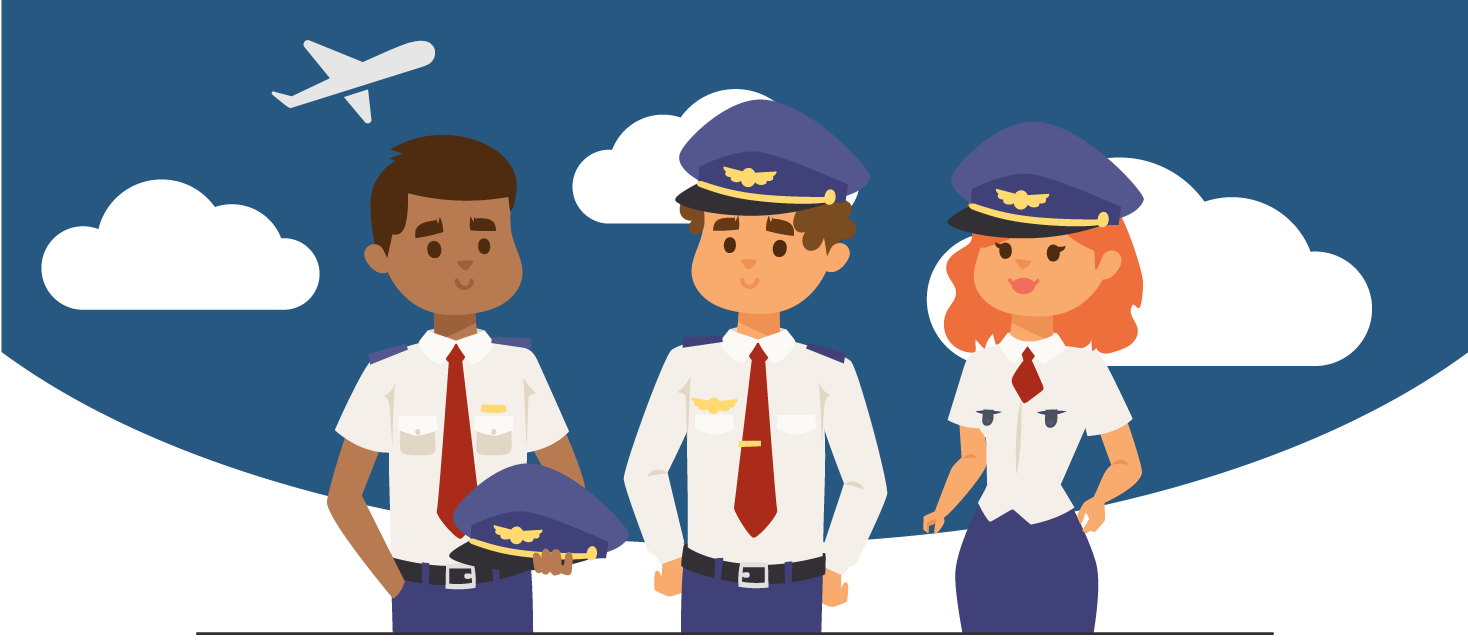
(eCFR)
An orientation flight is as simple as going to your nearest airstrip with a flight school. Most staff are passionate to get you into a plane as a beginner. Planning an orientation flight will expose you to the experience of flying in a plane and provides an opportunity to evaluate your fear of height. Most of these symptoms and sensations are short-term and can be overcome with the determination to proceed with your orientation.
Once you obtain a medical form from a designated Aviation Medical Center, and a license, you can undoubtedly begin flight lessons. However, you must be at least 16 years old to fly solo, and 17 to receive a private pilot certificate. There is no age limit for acquiring your certificate, as long as you obtain the proper medical certification.
To apply for your student pilot license, you have to comply with 14 CFR 61.83, which sets age requirements for each pilot rating. You must also have the capacity to speak, write, read, and understand the English language.
Third class medical is a basic examination of the applicant’s physical state by an Aviation Medical Examiner (AME). This may vary extensively from region to region. You can find a comprehensive list of certified examiners in your area on the FAA website. There are approximately 6,000 FAA-authorized AMEs in the United States.
There are several methods to find a certified flight instructor and an aircraft. However, the best way is through a professional flight academy with dedicated professionals. Furthermore, if you have interest in flying as a professional pilot, it is important to find a flight school that offers both single- and multi-engine aircraft.
Also consider the cost of flight training and whether you have the budget for it and the required time commitment. A full-time program can get you flying solo within weeks. Others take months to meet the requirements as you balance other priorities.
Prior to your first solo, your instructor will certainly train you up to the standards outlined by the 14 CFR 61.87. This includes preflight preparation, aircraft operation, takeoffs and landings, and all aspects of flight, as well as airport traffic patterns and emergency procedures. To approve your aeronautical knowledge, your instructor will administer a written test and review the test with you. That way, he/she will evaluate whether you are competent and confident enough to operate the plane by yourself.
Once you are done with your solo training, there are a couple of other major flight training preparations you have to complete. Here, your instructor will let you fulfill your aeronautic practice requirements found under 14 CFR 61.109 (a), which outlines the minimum experience required for a private pilot license.
To meet these requirements, you must log a minimum of 40 hours of flight time that incorporates a minimum of 20 hours of training from a certified instructor and another 10 hours of solo flight training. Your training time must include 3 hours of cross-country flight training (over a distance of 100 nautical miles) in a single-engine aircraft, 3 hours of night flight training, and 10 takeoffs/landings to a full stop. Your instructor will inform you of any other prerequisites you must meet.
This consists of about 60 multiple-choice questions and can be taken with licensed test providers or at FAA testing centers. To be approved, you need to score at least 70 percent to fulfill the written knowledge test.
You will be accompanied by an FAA-licensed examiner who will ask you a few questions to assess your flying abilities. If they’re confident in your knowledge, they will proceed with the practical exam in which the examiner will observe your decision-making skills. The “Practical Test Standards’’ FAA document has the exact requirements to be fulfilled in this final step.
This permits you to fly a single-engine aircraft in good visibility either during the day or at night, as long as you fully abide by the federal aviation regulations pertaining to your private pilot’s license.
Kingsky Flight Academy offers various types of training to meet clients’ goals, whether they wish to obtain a student pilot certificate or train to be a private, recreational, or commercial airline pilot. All our programs follow FAA training guidelines. We also offer bachelor degree programs through Liberty University and Southeastern University. To learn more about these programs and how to get a pilot license, call us today at 863-248-2543.
